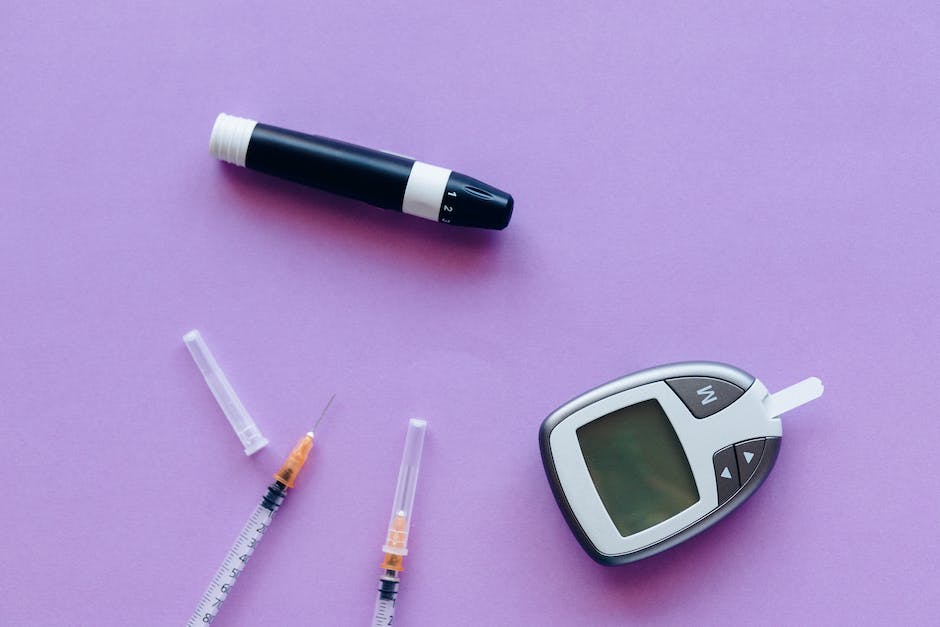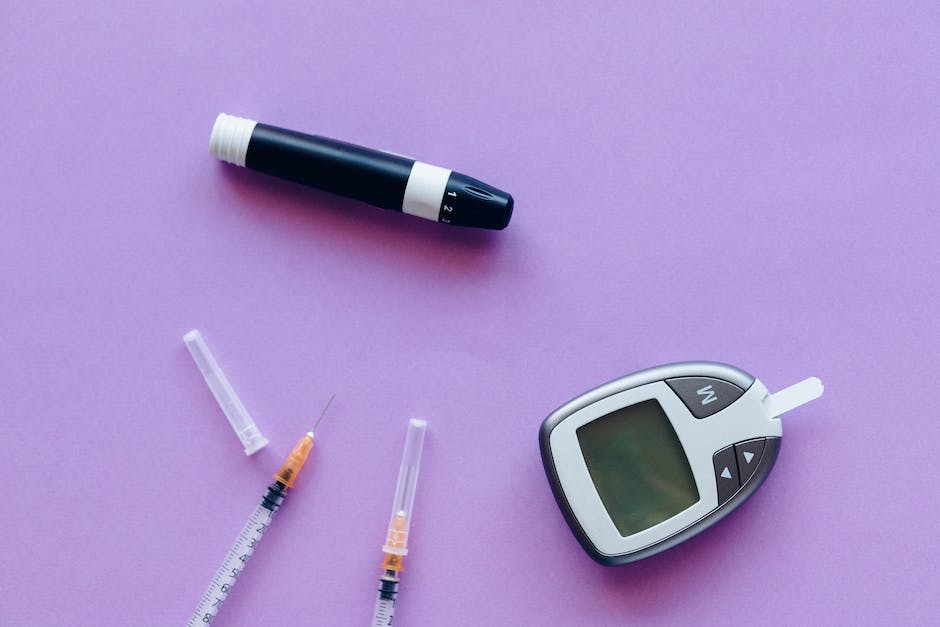Diabetic Ketoacidosis (DKA), a life-threatening complication that often impacts children with Type 1 diabetes, is a crucial issue that the public needs to understand comprehensively. An enhanced understanding is the first step towards effective prevention and management. This knowledge not only assists in identifying its causes, symptoms, and potential treatment methods, but also empowers caregivers and parents to actively participate in managing the health of children suffering from DKA. Covering a range of related topics, this analysis aims to provide an all-encompassing view into the intricacies of DKA in children.
Understanding DKA
Understanding DKA
Diabetic Ketoacidosis, or DKA, is a serious condition that can occur in people with diabetes. This condition arises when your body doesn’t have enough insulin, and thus, can’t use glucose for energy. To compensate, the body begins to break down fats for energy, which creates a buildup of acids in the bloodstream called ketones. This can lead to a life-threatening metabolic crisis.
The Impact of DKA on the Body
DKA primarily targets the body’s metabolic system. Normal digestion breaks down carbohydrates into glucose, which your cells can use for energy if insulin is available. With diabetes, either there is not enough insulin or the body is not responding properly to the insulin it makes. This can cause your blood glucose level to rise. When this happens, the body starts to break down fat and muscle for fuel, which leads to the production of ketones. As ketones build up, they can cause the chemical balance of the blood to change, leading to a state of metabolic acidosis. Symptoms such as excessive thirst and urination, abdominal pain, rapid breathing, and confusion or drowsiness may be present.
Various Types and Stages of DKA
DKA is not one uniform condition. It varies in severity and how it progresses, and it is typically classified into mild, moderate, and severe stages based on the amount of ketones present and the acid-base imbalance in the blood.
Mild DKA is characterized by elevated ketone levels and a small amount of metabolic acidosis. Moderate DKA tends to involve higher ketone levels, more severe metabolic acidosis, and may begin to affect breathing and consciousness. Severe DKA includes the most extreme metabolic acidosis and can lead to shock, loss of consciousness, and even death if not treated promptly.
Prevalence in Children
The rate at which Diabetic Ketoacidosis (DKA) appears in children differs globally, heavily influenced by the general public’s awareness and understanding of diabetes. In certain regions, DKA is present at diagnosis in more than 40% of new Type 1 diabetes cases in children. As a leading cause of illness and death in children with Type 1 diabetes, DKA demands our attention as a significant public health concern.
Grasping an understanding of DKA and being alert to its symptoms can greatly assist in averting severe complications. It is a necessity to reach out to a healthcare professional if any signs of DKA are observed. Regular check-ups for individuals with Type 1 diabetes are vitally important to spot key indicators of the condition.

Causes of DKA in Children
Potential Causes of DKA in children
Diabetic Ketoacidosis (DKA) in children happens when there’s a severe deficiency of insulin, a hormone crucial for shuttling glucose into cells for energy production. Without enough insulin, the body resorts to burning fats for energy, resulting in the production of acidic substances known as ketones. An excess of ketones in the blood precipitates DKA.
Type 1 diabetes, typified by the body’s inability to generate sufficient insulin, is most commonly linked to DKA in children. Children diagnosed with Type 1 diabetes are at an elevated risk of developing DKA since their insulin production is often compromised.
Genetic and lifestyle factors
Genetics can play a role in the development of Type 1 diabetes, and subsequently, DKA. Certain genes can influence the risk of diabetes, and children who have a parent or sibling with type 1 diabetes are at a higher risk. There is also evidence that some children are born with an increased genetic susceptibility to the condition.
Lifestyle factors, including diet, also have implications. While Type 1 diabetes is not directly linked to diet and lifestyle as Type 2, maintaining a balanced diet is crucial in managing the condition and preventing DKA.
Children who have Type 1 diabetes and fall ill or experience stress may have increases in their body’s production of hormones such as cortisol or adrenaline. These hormones work against insulin, and if a child is sick, this can spark a cycle that might lead to DKA.
Prevention and Management of DKA in Children
Preventing Diabetic Ketoacidosis (DKA) in children with Type 1 diabetes hinges on effective blood glucose level management. This often involves regular blood glucose testing and insulin administration, along with ensuring a balanced diet and adequate hydration levels, as these are key to managing diabetes and mitigating the risk of DKA.
Parents and caregivers need to be aware of the early signs of high blood sugar that can pave the way for DKA. These signs might include frequent urination, extreme thirst, high levels of glucose in blood and urine, fatigue, and unusually dry or flushed skin. If a child exhibits these symptoms, it is crucial to seek prompt medical attention.
Equipping children with knowledge about their diabetes and the implications of poor management can have a notable impact on DKA risk reduction. Encouraging children to understand and respond to the early signs of high blood sugar is a significant step in staving off the onset of DKA.

Symptoms and Diagnosis of DKA in Children
Recognizing DKA Symptoms in Children
While Diabetic Ketoacidosis (DKA) is a more frequent complication in children with type 1 diabetes, it can also occur in those with type 2 diabetes. DKA symptoms can be rapid, emerging over the course of a few hours or spread out across several days. Excessive thirst and urination are common symptoms, often stemming from high blood sugar levels that result in increased frequency of hydration and urination.
Behavioural changes can also signal the onset of DKA in children. Symptoms such as unusual tiredness, fatigue or lethargy may appear due to the body’s lack of efficient insulin usage. Despite adhering to their regular diet, children may also constantly feel hungry as their bodies struggle to utilize consumed glucose effectively.
In severe DKA instances, children may experience abdominal pain, nausea or vomiting. These can occur due to the accumulation of ketones (acid units), which the body produces when burning fat for energy instead of glucose. The resulting acidic blood, or ketoacidosis, can cause stomach discomfort and vomiting.
A fruity or acetone-like smell on the breath is another identifiable symptom of DKA in children. This is due to the removal of excess ketones via breathing out. In profound cases, DKA can present as respiratory distress, confusion, or even a loss of consciousness.
Understanding Diabetic Ketoacidosis (DKA) Diagnosis in Children
When it comes to diagnosing DKA in children, thorough medical evaluations and a variety of laboratory tests are key. One of the first steps healthcare providers take is recording the child’s medical history, looking for symptoms such as polydipsia (unusual thirst), polyuria (excessive urination), fatigue, and recent bouts of illnesses.
Several specific tests are also employed to ensure an accurate diagnosis. Blood tests, for instance, are used to measure the child’s blood sugar levels. Normally, if these levels exceed 250 mg/dL, it points towards DKA.
To identify if there are excess ketones, which are harmful substances made by the body when it lacks insulin, in the body a ketone test is done. This can be tested through blood or urine. High levels of sugar and ketones in the blood confirms the DKA diagnosis.
A blood gas analysis is another crucial part of the diagnostic process. This test measures the acidity level or pH of the child’s blood. Typically, if the pH dips below 7.3, it indicates acidosis which, combined with other clinical factors, supports the diagnosis of DKA.
Further tests might include kidney function and electrolyte level evaluations. This helps determine the seriousness of DKA and aids in treatment plan formulation.
Depending on the child’s particular condition and the presence of certain symptoms, additional tests might be necessary. For example, brain function may need to be assessed in severe cases, or tests may be carried out to rule out triggers of DKA like infections.
Early recognition of DKA in children is critically important, as delayed diagnosis and treatment can have serious, even life-threatening, consequences. Therefore, anyone who notices symptoms such as persistent thirst or urination, behavioural changes or any other signs mentioned earlier should seek immediate medical help.

Treatment and Management of DKA in Children
Effective Immediate Treatment of DKA in Children
Once diagnosed with DKA, children typically require, most importantly, fluid replacement, insulin therapy, and electrolyte replenishment. Children with DKA often present with dehydration, which is rectified by administering fluids to restore correct bodily fluid balance. This is typically achieved with intravenous (IV) saline solution to quickly normalize the body’s water levels.
The next acute intervention involves insulin therapy, necessary to lower the abnormally high blood glucose levels. Routinely, insulin is delivered via IV at a steady rate until blood glucose levels are stabilized.
Finally, replacing electrolytes is the third critical element of the immediate DKA treatment protocol. Vital for heart and nerve performance, electrolytes such as potassium are often depleted in cases of DKA. Their levels need to be replenished to ensure the proper functioning of the child’s body as it recovers.
Long-term Management Strategies for DKA in Children
Long-term management strategies for DKA in children predominantly revolve around controlling insulin levels and managing diet and exercise. This usually involves insulin injections or an insulin pump to regulate the child’s blood glucose levels. Regular blood glucose monitoring is also crucial, with a recommended check 4-6 times a day, although frequencies may change based on the child’s age, activity level, and overall health.
Diet management helps control blood glucose levels by ensuring the child is not consuming more glucose than their body can handle. A specialized diet plan may include a mix of healthy carbohydrates, proteins, and fats. Regular exercise is also encouraged, as it can help the body use insulin more efficiently.
Role of Parents and Caregivers
Parents and caregivers play a vital role in managing DKA in children. They are responsible for monitoring blood glucose levels, implementing dietary changes, and ensuring that medication is taken as prescribed. They also need to stay vigilant for signs of DKA, such as excessive thirst, frequent urination, or lethargy, to be able to act swiftly if necessary.
Parents and caregivers need to be prepared in case of a DKA emergency. They should keep a supply of quick-absorbing carbohydrates on hand to combat sudden low blood sugar episodes and know how to administer glucagon, a hormone that can raise blood sugar levels quickly.
Role of Health Professionals
Health professionals are instrumental in diagnosing DKA and providing initial treatment. They will closely monitor the child’s vital signs, blood glucose levels, and kidney function during the treatment process. After the DKA event, they will guide the ongoing management strategies, which typically include regular check-ups to monitor blood glucose levels, adjusting insulin dosage as necessary, and offering advice about diet and exercise.
Specialized medical professionals, like dietitians, can also provide consultation for meal planning to optimize blood sugar control. Psychologists or social workers may also become involved if the child needs support to cope with the psychological distress related to managing a life-long condition like diabetes.
It’s crucial to understand that the primary goal of managing Diabetic Ketoacidosis (DKA) is all about prevention – maintaining consistent blood sugar control to prevent an episode from taking place. However, if a DKA incident does transpire, it’s important to act quickly and effectively. Remember, successful DKA management involves cooperation between the child, their parents or caregivers, and healthcare professionals.

Prevention and Education about DKA in Children
Grasping DKA in Youngsters
DKA is a serious complication that children with diabetes might face. This occurs when the body lacks sufficient insulin, which is needed for cells to utilize glucose (a type of sugar) for energy. As a result, the body begins to break down fat instead, producing harmful acids known as ketones. A buildup of these ketones in the bloodstream can lead to DKA if not treated immediately.
Prevention Techniques for DKA in Children
Children who already have diabetes are at a higher risk for DKA. Hence vigilance in monitoring their health and managing their diabetes is crucial in preventing DKA. Regular monitoring of blood sugar levels is an important step. Keeping blood sugar levels within the target range recommended by a healthcare professional can greatly reduce the risk of DKA. Also, ensuring children receive their insulin as prescribed and maintaining a balanced diet are critical preventive measures.
In cases where a child falls sick, parents or caregivers should consult with healthcare professionals promptly and have a clear understanding of the ‘sick day rules’. Illnesses can lead to increased blood sugar levels, so guidance may be needed to adjust insulin dosage during such times.
Hydration is another important factor. Drinking enough water can potentially help prevent DKA. Dehydration can put someone, especially children, at higher risk of DKA.
Reducing DKA Risks for Non-diabetic Children
Preventing DKA in children who do not have diabetes primarily involves lifestyle choices that help avoid the onset of type 1 or type 2 diabetes. These include maintaining a healthy diet, regular physical activity, and regular check-ups to monitor any potential symptoms of diabetes.
The Importance of Spreading Awareness about DKA
Education and awareness can play a significant role in preventing DKA in children. This involves educating adults to enable them to recognize early symptoms of diabetes and provide appropriate care. Importantly, adults need to understand that DKA is a medical emergency and immediate treatment is necessary to prevent serious complications.
Teaching children, especially those with diabetes, about their condition is equally as imperative. They should be educated on the importance of regularly monitoring their blood sugar, taking their insulin, understanding their sick day rules, and recognizing the symptoms of DKA.
Professional guidance from healthcare providers is vital to gain accurate and up-to-date knowledge. Understanding the risks and prevention measures regarding DKA can potentially save lives and reduce the negative impact on the affected child’s quality of life. Community outreach programs, school-based programs, interactive online resources, etc., can be beneficial tools in spreading awareness and educating people about DKA in children.
Regular Screening for Diabetes
Regular screening for diabetes in children who are at a high risk can also be a preventive measure. Early detection can make management of the disease easier and minimize the risk of DKA. Children with a family history of diabetes, those who are overweight or have certain other health problems, may benefit from regular screening.

Enhancing our knowledge about DKA in children is instrumental in reducing its prevalence and impact. From recognizing early symptoms to understanding the various treatment plans, every piece of information adds to the overall preparedness in managing this health issue. Moreover, prevention methods and public education are paramount, and can make a substantive difference, both for those already suffering from diabetes, and for those at risk. The balance between informed caution and actionable steps can help ensure our children are not only safe, but also healthy and thriving, so that DKA doesn’t get in the way of their potential.
